
Foxes are not just creatures of myth; they are integral components of America’s diverse ecosystems. From the primeval ice fields of Alaska to the temperate forests of the Midwest, various species of foxes, such as the red, gray, swift, and arctic, inhabit various habitats.
Foxes are small to medium mammals that feed on small animals and fruits. However, their intelligence and adaptability have allowed them to thrive in both wild and urban areas. As such, they are now a ubiquitous, if largely unnoticed, element of the landscape across the country.
This article discusses the U.S. states where the most foxes are found, looking at the circumstances that have made them so abundant and the idiosyncrasies of each state’s fox population.
1. Alaska – The Arctic’s Fox Capital
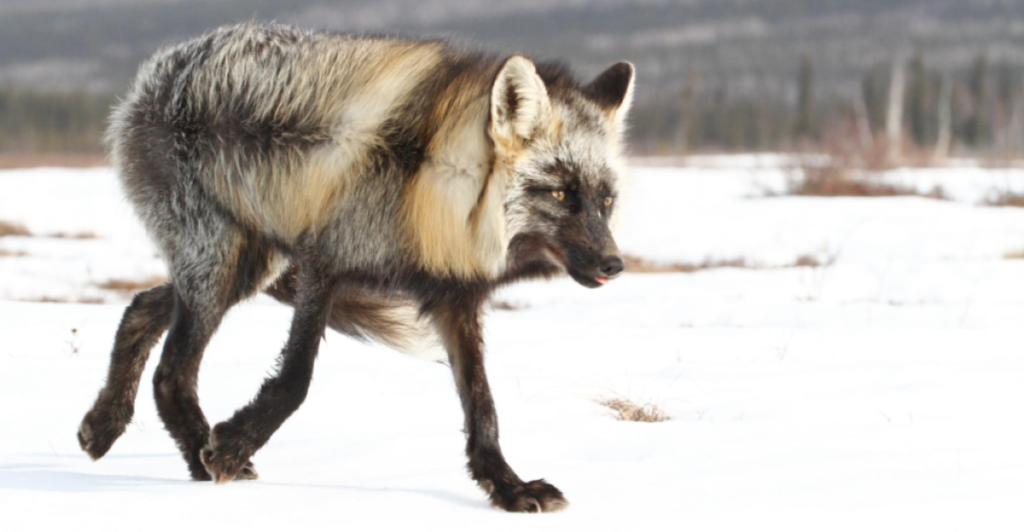
Alaska has the largest population of foxes, making it a haven for the species, particularly for red (Vulpes vulpes) and arctic (Vulpes lagopus) foxes. The state’s extensive and varied landscapes, from tundras to forests, provide ideal environments.
Alaska has between 20,000 and 40,000 red foxes, which inhabit southern areas below the Arctic tundra. The state’s arctic fox populations are estimated to be roughly 110,000 across the state and into Canada.
These foxes have evolved to survive harsh climates, with dense fur coats and behaviors suited to the cold. The state’s commitment to preserving its natural habitats ensures that these populations are sustainable, and it continues to be a center for fox populations.
2. Wisconsin – The Midwest’s Fox Stronghold
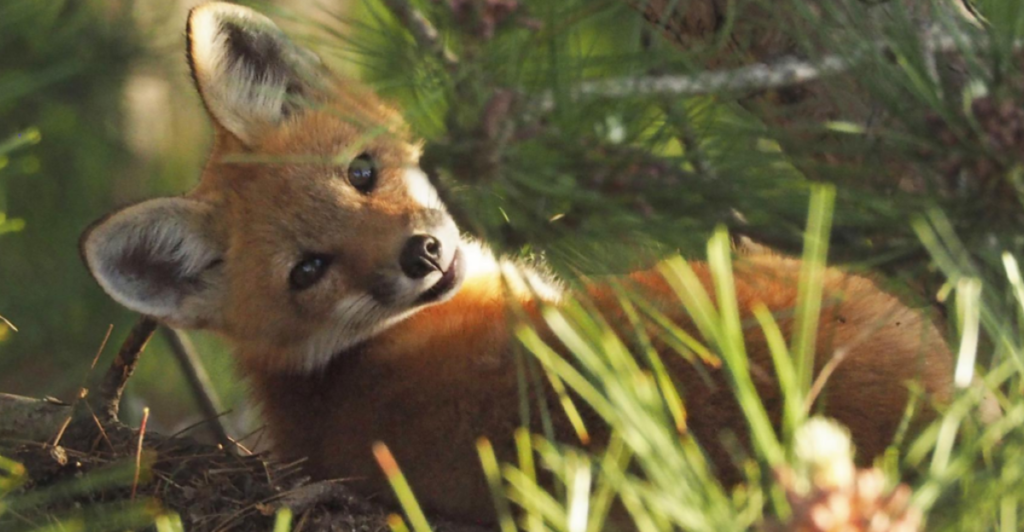
Wisconsin has one of the largest red fox populations in the nation, with estimates ranging as high as 200,000 individuals. The state’s cold weather, variety of forests, farmland, and cities offer plenty of habitats that suit the species’ differing needs.
Red foxes are most at home in the state’s snowy landscapes, inhabiting tree-lined suburban areas and rural open spaces. They also contribute to keeping rodents in check and play a substantial role in maintaining agriculture and natural ecosystems.
Therefore, Wisconsin is making efforts to protect the species. Its wildlife management and public education have stabilized and increased its fox populations, making the state a model for wildlife management.
3. Missouri – The Heartland’s Fox Haven
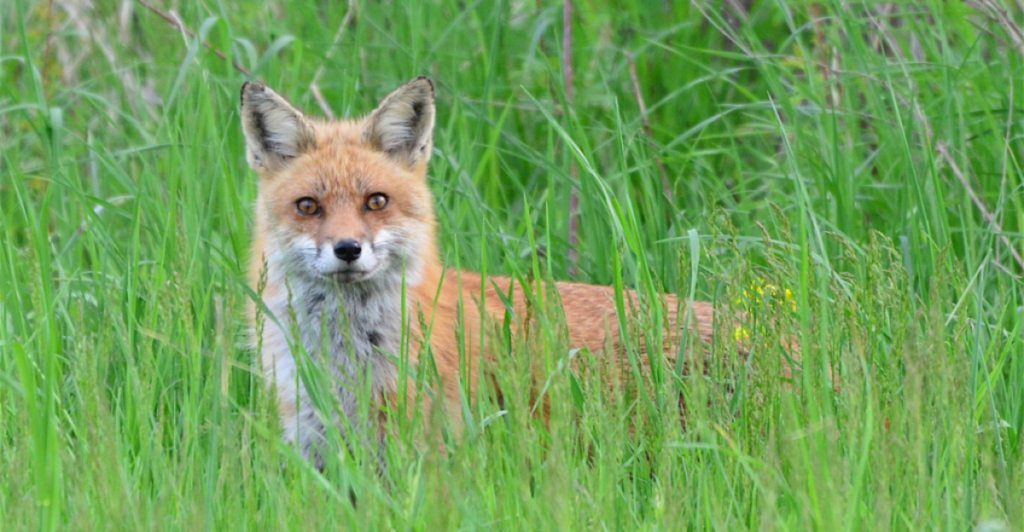
Missouri has a dense red fox population of about 100,000. Its diverse topography, with mountain ranges, such as the Ozarks, and great plains, provides varied habitats for the fox. Additionally, the state is home to a large population of gray foxes, often inhabiting meadows and farmlands.
Missouri red foxes have readily adjusted to wild and urbanized habitats, where they inhabit agricultural areas and serve as pest control. The state’s Department of Conservation actively monitors and manages wildlife populations to keep fox populations in check.
Further, the state’s public education programs have similarly raised awareness about and appreciation for these animals, highlighting their place in the ecosystem and how to peacefully coexist with them.
4. Pennsylvania – Forests and Foxes
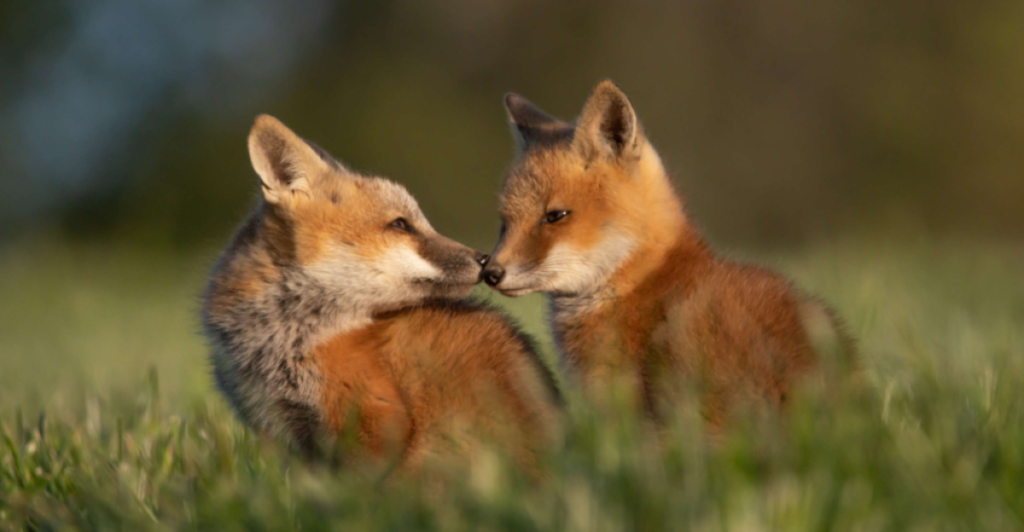
Pennsylvania’s huge forests and hills provide ideal habitats for foxes, particularly red and gray foxes. Pennsylvania is estimated to have 50,000 red foxes. The state’s foxes help control small mammal populations and, therefore, contribute to maintaining balance in its diverse ecosystem.
While the species thrives in both rural and suburban areas, gray foxes are more common in densely forested regions, and red foxes prefer the countryside, a testament to their resilience.
As a result, Pennsylvania’s wildlife management initiatives emphasize the conservation of fox habitats and population monitoring to ensure that their populations remain consistent and healthy. Further, public education and community participation initiatives have also enhanced public awareness and support for their protection.
5. Texas – A Diverse Fox Landscape
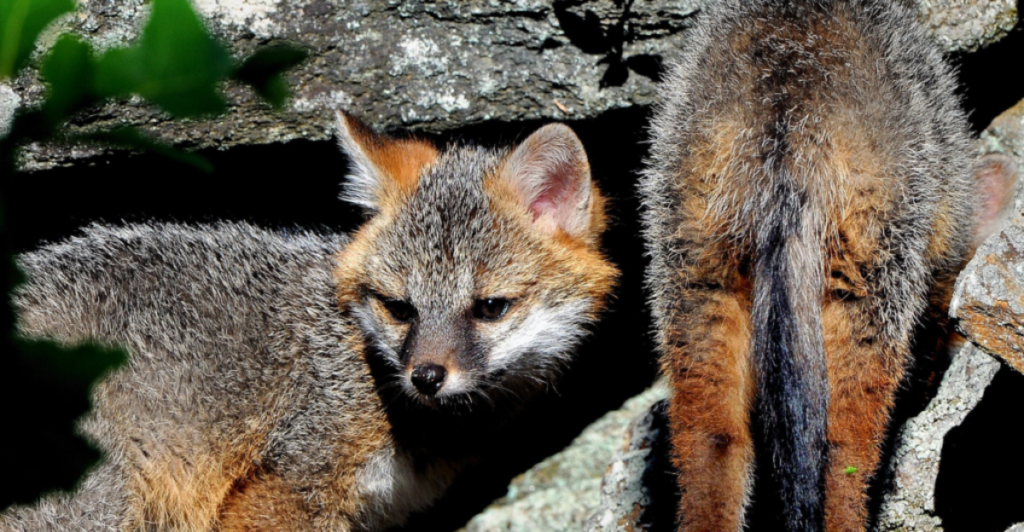
Texas, with its expansive and diverse landscapes, from desert to forest, is home to red, swift (Vulpes velox), and gray (Urocyon cinereoargenteus) fox populations, with roughly 40,000 individual red foxes. However, their populations began to decrease but are now steadily increasing.
Red foxes are widely seen in the state’s eastern rural areas, whereas gray foxes, adept at climbing, are more common in the central and western forested regions. Swift foxes inhabit the panhandle and plains of the state. The state’s weather conditions—hot summers and mild winters—mean the species is never without food.
Texas Parks and Wildlife Department has implemented conservation strategies to conserve the species and their habitats. Public education and research serve to know and preserve the state’s populations of foxes.
6. North Carolina – Coastal and Mountain Habitats

North Carolina’s various landscapes, from coastal plains to mountains and mild climates, provide suitable habitats for both red and gray foxes. The state’s red fox population is between 10,000 to 15,000. However, the gray fox, native to the state, is more prevalent and is often found in wooded habitats where they can climb and hunt freely.
Foxes help control the state’s rodent and insect populations. Therefore, the North Carolina Wildlife Resources Commission aims to conserve the species through habitat management and public education. Monitoring and research still inform strategies on how best to achieve healthy fox populations in the state.
7. Michigan – Forests and Foxes
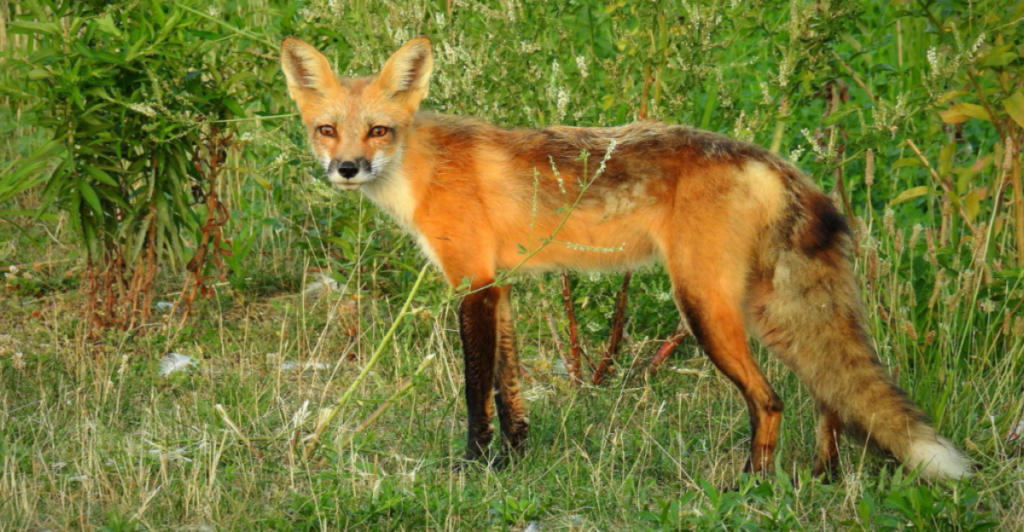
Michigan’s extensive forests and diverse ecosystems provide a scenic habitat for foxes, particularly the red species, where they are something of a familiar presence. Although no specific population numbers are available, red foxes are commonly observed across the state, while gray foxes tend to inhabit more secluded regions.
Red foxes are well adapted to the state’s cold winters and can be found in forests, rural areas, and urban areas. They control small mammal populations, which benefits farmland and natural ecosystems.
Michigan’s Department of Natural Resources tracks and studies fox population dynamics and uses the data to inform conservation efforts. Educational programs also help promote coexistence and respect for these animals.
8. New Jersey – Suburban Foxes
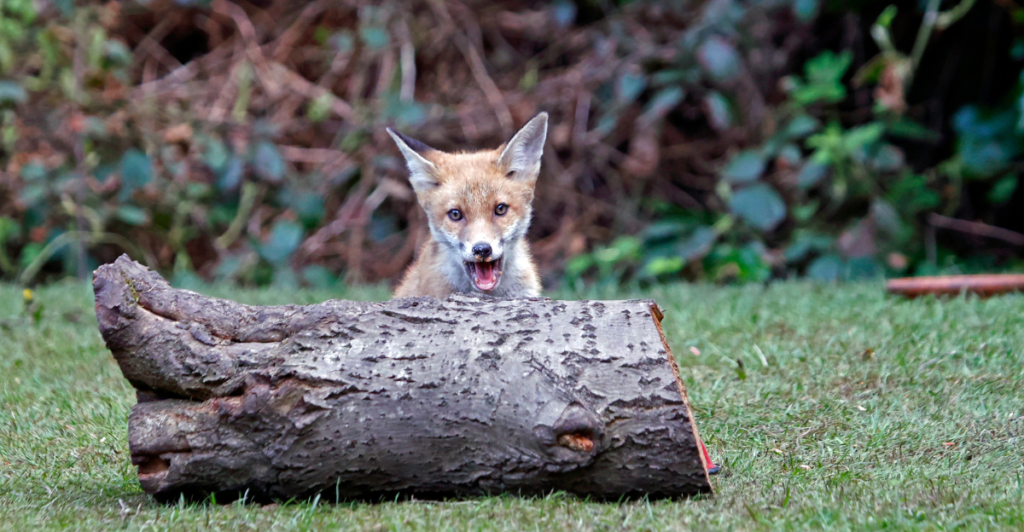
New Jersey is proof that wildlife does not always need wilderness to thrive. With an estimated 10,000 red foxes, the Garden State is one of the most surprising entries on this list—mostly because so many of its foxes have traded forests for cul-de-sacs.
Red foxes have proven adept at thriving in suburban areas, sleeping under sheds, raiding compost piles, and evading traffic with unsettling ease. Their spread and presence in the state were a result of postwar expansion, where metropolitan development ironically created ideal habitats for these small predators.
New Jersey’s Division of Fish and Wildlife tracks urban wildlife activity, and foxes are now tracked for their possible role in controlling zoonotic disease.
9. Colorado – Swift Fox Country in the High Plains
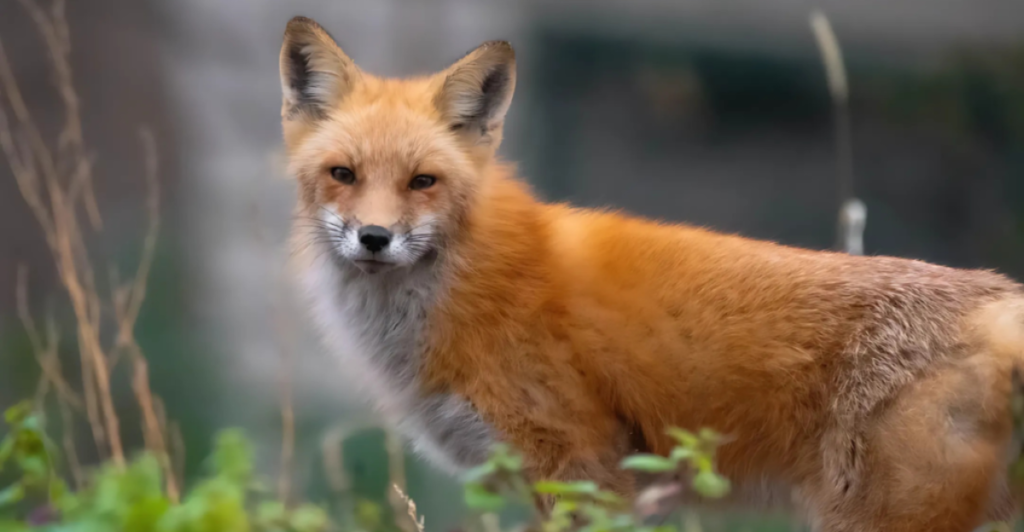
Colorado’s red and gray foxes are found in the state’s foothills and suburbs, but the swift fox population has thrived in the eastern plain regions. The state has cold climates and a diverse ecosystem, so foxes have plenty of food sources, including small mammals and birds.
The state has previously had to rescue its swift fox population but aggressively reintroduced them into the eastern regions. Their continued presence speaks to the state’s efforts to maintain their natural environments.
Further, Colorado’s Parks and Wildlife Department collaborates with universities and federal agencies to track and monitor foxes, discovering stable populations and critical habitat corridors. Their success here is a rare conservation win—one that proves endangered doesn’t mean doomed.
10. Oregon – A Rare Genetic Treasure in the West
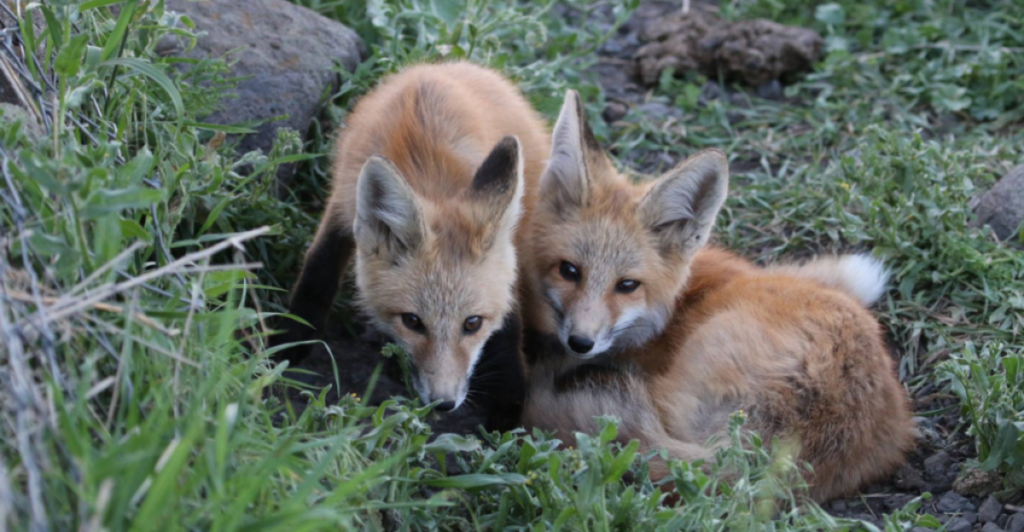
Whereas red and gray foxes are found in Oregon’s wooded and rural areas, the state’s real treasure is its indigenous Sierra Nevada red fox (Vulpes vulpes necator), a mountain subspecies that roams the Cascades.
With fewer than 50 individuals estimated in the wild, their numbers are tiny but genetically unique. This red fox is clinging to alpine survival, especially in the habitats that Mount Hood and Crater Lake offer, in spite of increasing temperatures.
Now, conservationists and geneticists are racing to sequence the genome of these nearly extinct foxes before they disappear forever. So while Oregon does not possess large numerically significant populations, it has one of the most biologically important populations of foxes.
Explore more of our trending stories and hit Follow to keep them coming to your feed!

Don’t miss out on more stories like this! Hit the Follow button at the top of this article to stay updated with the latest news. Share your thoughts in the comments—we’d love to hear from you!







